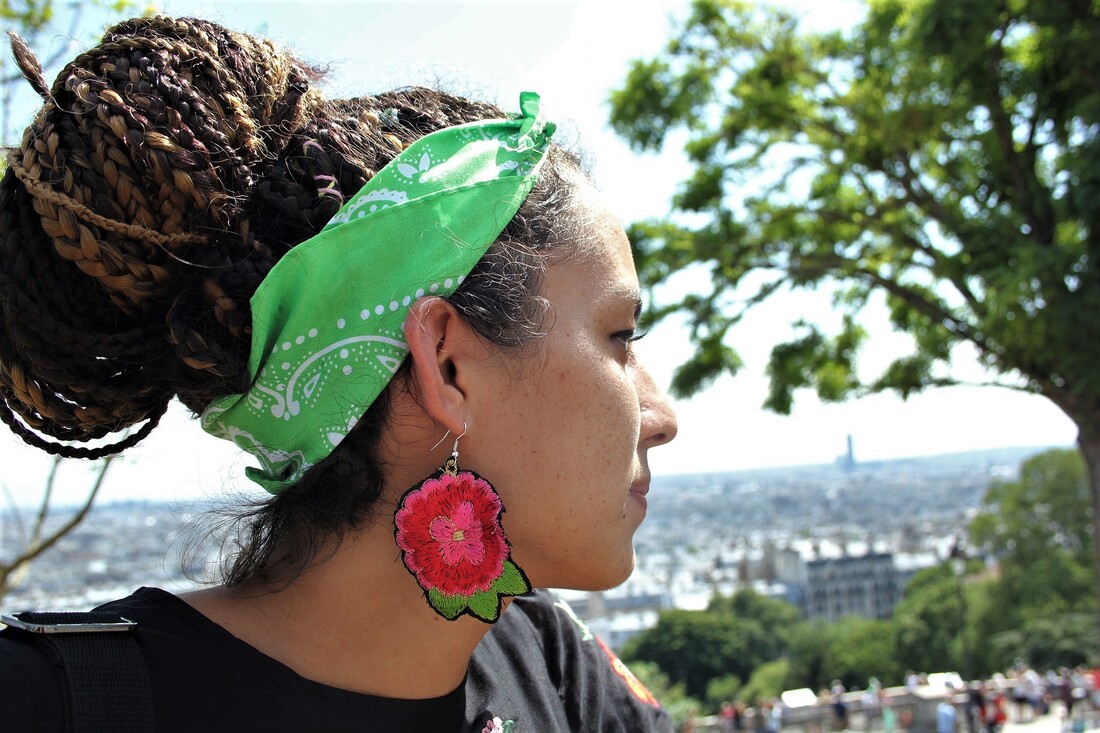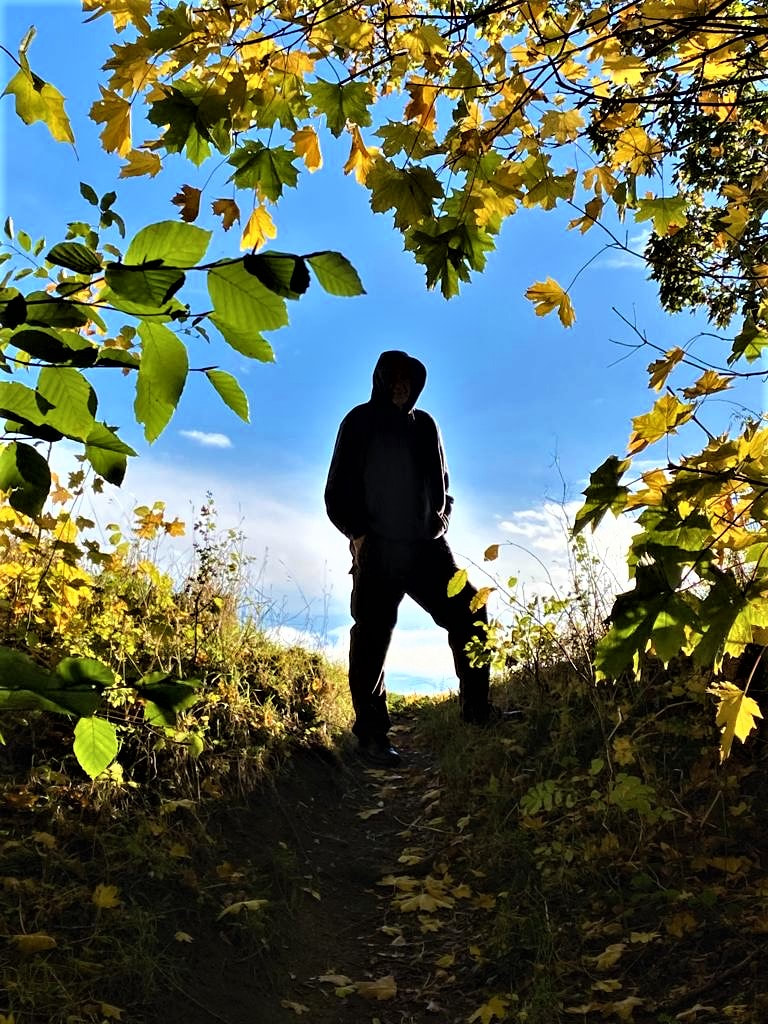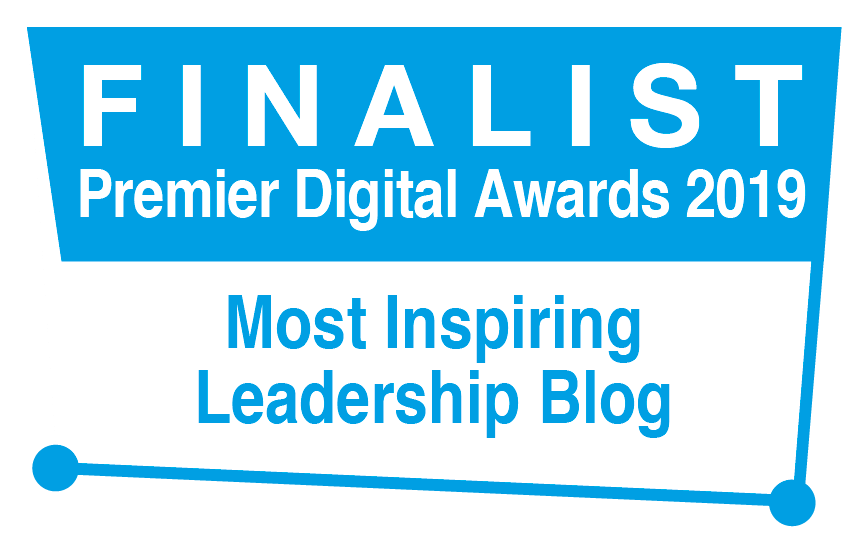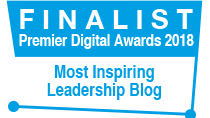|
‘You can’t depend on your eyes when your imagination is out of focus.’ (Mark Twain) I worked with a group of very busy professionals this week who had carved out precious space in their diaries to help each other think through complex work-related issues. The process I was there to facilitate can be powerful yet demanding and requires presence, focus and careful listening. I’ve noticed that one of the challenges of meeting, particularly online, to do this type of work is that participants can feel time-pressured or tempted to leap straight into the session from other meetings, phone calls or tasks. In order to enable participants to arrive, therefore, I invited them to pause for a moment and to create their own ‘not to-do’ list for the next 12 hours. The session itself would only last for 4 hours, interspersed with breaks, but it allowed them opportunity to reflect and...breathe. After a few minutes, I invited them to disclose highlights from their lists and to share what it was like to identify not to-dos. They said they found it empowering and releasing. Now they could focus. What focusing exercises have you found useful?
10 Comments
‘Your choice point is the space you're in right before you make a decision.’ (Martha Tesema) You are choosing to read this blog – you could have chosen to do something else instead. You are choosing to read it now – you could have chosen to read it at a different time. In fact, according to psychological choice theory, everything you do is a choice. You’re not always aware of it and it won’t always feel like it. The implications and consequences of choosing one course of action over another can sometimes be so different and so stark that it can feel to, to all intents and purposes, as if there is no choice. Yet you are still likely to choose the action that, for instance, aligns most closely with your values; or has the greatest perceived benefits; or has the least risks or detrimental effects. The implications of this theory are radical and extreme. If every action you take represents a choice, and if you can grow in awareness of the choices you are making at each moment, a vast array of possibilities opens up to you. As you approach any decision, it will be like reaching a road junction, with always at least 2 options available to you. You will no longer be trapped or driven entirely by circumstances. You can exercise greater freedom and personal agency. You can learn to navigate adaptively through choices, like tacking into the wind on a sailboat. You can become more creative and innovative. You can visit places, reach destinations, that you never dreamed imaginable. There is a flip side. If you really are free to choose, you’re also responsible for your every action. It could feel easier to tell yourself that you have no choice – especially since you can’t anticipate every potential ripple effect. It would relieve you of the burden of accountability. You could also feel quite overwhelmed by the dread of having to make choices at every moment in time, in every situation. It could feel like existentialist Jean-Paul Sartre’s nightmare, ‘condemned to be free’. You may try to alleviate the anxiety by telling yourself that you’re a product of your background, upbringing, culture or circumstances. Then you could stop over-thinking, over-analysing, and get on with your life. So, how to handle this paradox? How to create the liberating freedom of expanding one’s sense and reality of choice whilst also to acknowledge the ethical and practical responsibilities it carries with it? First: awareness. Here’s a simple exercise. Write down a paragraph of no more than 100 words that describes the last meeting you had with a colleague. Now, underline every word that represents a choice point in what happened. If you do this rigorously enough, you will be amazed at how much of the text is highlighted. Now the stretch, a thought experiment: jot down at least 2 different choices you could have made at each choice point. Try to be creative and courageous as you do this. Second: responsibility. To build on this exercise, jot down a list of key criteria that will help you to ensure focus, priorities and boundaries to your decisions and actions. Here are some examples: ‘make best use of my time; achieve my career goals; develop the team’s potential; improve quality of relationships; create best value for stakeholders’. These criteria reflect and represent your values. Finally, test the actual choices you made, and the hypothetical choices you could have made, against these criteria to take note of what you could have done differently, what you could do next time and what lines you will not cross. Now – it’s your choice: given what you know now, what will you do with it? (See also: Choose; Choice; Agents of Change) My daughter is a guinea pig. This afternoon in the bright sunshine, I invited her to take part in an experiment. First, we stepped out into the street and, gesturing to a line of cars parked at the roadside, I asked, “If you were to buy a car, what colour would you choose, or definitely not choose?” She answered, “I’d love a white car.” “OK,” I replied, “let’s go for a walk into town and back. Your task is to count every white car that we pass. If you have the same number as me when we get back here, I will give you £10. How does that sound?” She grinned and willingly agreed.
An hour later, we stopped back where we had started and I asked her, “So, how many red cars did you see?” She looked at me blankly. “I didn’t see any red cars. I counted 206 white cars.” In fact, we had passed 93 red cars, yet she had been so focused on the white cars that she hadn’t seen a single one. This simple experiment illustrates an important psychological phenomenon known as selective attention: “The ability to pay attention to a limited array of all available sensory information…a filter that helps us prioritize information according to its importance.” (Bertram Ploog, 2013). Gestalt psychotherapist Geoff Pelham comments that, in any given relationship or situation, we notice who or what matters most to us (The Coaching Relationship in Practice, 2015). This idea of who or what matters most reflects beliefs, values and emotions. In this exercise, my daughter was influenced and motivated by her beliefs (that this experiment would serve some useful purpose), values (the prospect of a £10 reward) and emotion (her choice of a colour she likes). These factors combined to ensure concentration on a task (counting white cars) that required selective attention. Why is this insight significant in our work with people? The principle extends beyond literal-visual perception to deeper psychological processes too. Our beliefs, values and emotions subconsciously influence our focus and act as filters. We construe personal-shared narratives based on what we perceive. Such narratives appear to us as-if reality, as-if totality, and often without any awareness of who or what we have excluded. As such, narratives always point to and reveal, implicitly, who and what matters most to a person, group or culture, rather than to a definitive account of reality per se. A key question is, therefore: who or what are we, and others, not-noticing? If we can enable a shift in perception, a re-shaping of a narrative, what then becomes possible? Interested to do further reading in this area? See: The Art of Looking: Eleven Ways of Viewing the Multiple Realities of our Everyday Wonderland. When did you last have a great conversation at work? I’ve noticed that frustration and fatigue often arise from conversations and meetings that lack focus, that feel pointless, that lack purpose. It’s one of the main reasons why there is so much cynicism about meetings in organisations.
Now while different types of conversation are appropriate for different relationships and situations, questions that tease out purpose can be very powerful. They surface assumptions and create opportunity to discuss and agree on what would be worthwhile. Here are some purpose-focused questions: Why are we here? What are we here to do? What would make this time useful? What is the goal we’re trying to achieve? What would a great outcome look and feel like? What do we want to be different by the end of this conversation? We can use purpose-focused questions at the start of a meeting or mid-way through if we start to notice drift or confusion. ‘Let’s just remind ourselves what we’re here to do…where we’re trying to get to.’ Focusing and re-focusing can energise our conversations and achieve great results. |
Nick WrightI'm a psychological coach, trainer and OD consultant. Curious to discover how can I help you? Get in touch! Like what you read? Simply enter your email address below to receive regular blog updates!
|






 RSS Feed
RSS Feed